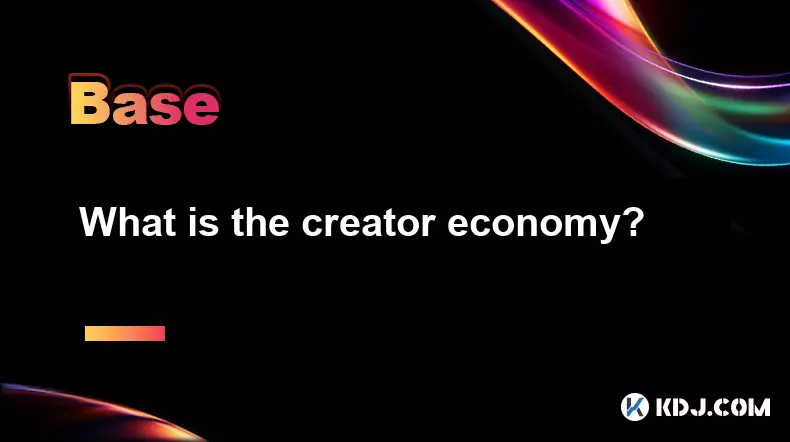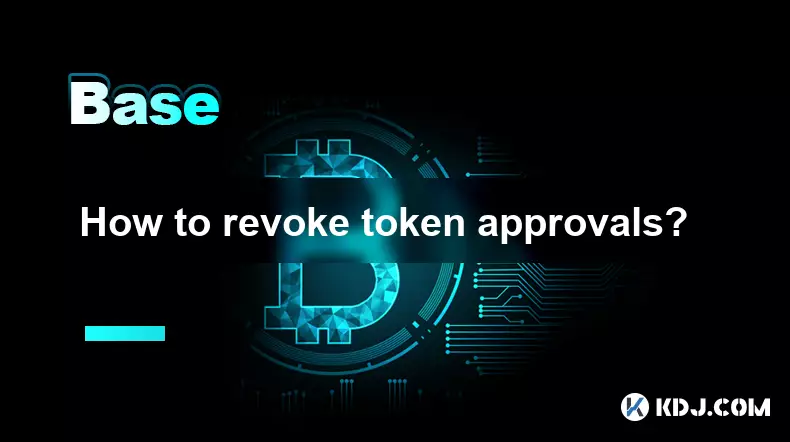-
 Bitcoin
Bitcoin $111300
-0.83% -
 Ethereum
Ethereum $4296
-0.28% -
 XRP
XRP $2.970
-0.28% -
 Tether USDt
Tether USDt $0.0000
0.01% -
 BNB
BNB $876.7
-0.13% -
 Solana
Solana $216.7
0.50% -
 USDC
USDC $0.9998
0.01% -
 Dogecoin
Dogecoin $0.2424
1.50% -
 TRON
TRON $0.3345
0.88% -
 Cardano
Cardano $0.8635
0.03% -
 Hyperliquid
Hyperliquid $53.38
5.54% -
 Chainlink
Chainlink $23.07
0.27% -
 Ethena USDe
Ethena USDe $1.001
0.02% -
 Sui
Sui $3.463
-0.21% -
 Stellar
Stellar $0.3738
-0.33% -
 Bitcoin Cash
Bitcoin Cash $578.5
-1.51% -
 Avalanche
Avalanche $26.00
2.07% -
 Hedera
Hedera $0.2276
0.77% -
 UNUS SED LEO
UNUS SED LEO $9.548
0.02% -
 Cronos
Cronos $0.2597
2.73% -
 Litecoin
Litecoin $112.0
-0.64% -
 Toncoin
Toncoin $3.089
-0.29% -
 Shiba Inu
Shiba Inu $0.00001285
-0.10% -
 Polkadot
Polkadot $4.098
1.54% -
 Uniswap
Uniswap $9.484
-0.88% -
 Ethena
Ethena $0.8361
8.06% -
 Dai
Dai $0.9998
0.01% -
 Monero
Monero $269.5
-0.68% -
 World Liberty Financial
World Liberty Financial $0.1994
-4.02% -
 Aave
Aave $299.1
-1.29%
What is slippage in crypto
Slippage in crypto trading occurs when the executed price differs from the expected price due to volatility, low liquidity, or large trade sizes, impacting both centralized and decentralized exchanges.
Jul 17, 2025 at 05:49 pm

Understanding Slippage in the Cryptocurrency Market
Slippage refers to the difference between the expected price of a trade and the actual executed price. This phenomenon is common in cryptocurrency trading due to the highly volatile nature of digital assets. In traditional financial markets, slippage can occur during periods of high volatility or low liquidity. However, in crypto, it's more frequent because of rapid price movements and varying levels of market depth across exchanges.
Slippage is not inherently negative, but understanding how it works is essential for traders aiming to optimize their execution strategies.
Why Does Slippage Occur in Crypto Trading?
Several factors contribute to slippage in the crypto space:
- Market Volatility: Cryptocurrencies are known for sharp price swings within short time frames.
- Low Liquidity: Assets with fewer buyers and sellers may not have enough orders at desired price levels.
- Large Trade Sizes: Orders that exceed the available liquidity at a given price will trigger partial fills at less favorable prices.
These elements often combine, especially on smaller exchanges or with lesser-known altcoins, leading to significant slippage.
How Is Slippage Measured and Expressed?
Slippage is typically measured in percentage terms or in absolute value (e.g., USD or the native token). For example:
- If you place a buy order for ETH at $2,000 but it gets filled at $2,010, the slippage is $10, or 0.5%.
- Platforms like Binance or Coinbase allow users to set slippage tolerance, which defines how much deviation from the quoted price they're willing to accept.
This setting is crucial when using automated trading bots or decentralized exchanges (DEXs) where execution speed and price certainty are less predictable.
Types of Slippage in Crypto Transactions
There are two main types of slippage that traders encounter:
- Positive Slippage: When your trade executes at a better price than expected. For instance, placing a sell order at $100 and getting $100.50.
- Negative Slippage: When your trade executes at a worse price than expected. This is more common and occurs during fast-moving markets or large trades.
Decentralized finance (DeFi) platforms often experience more pronounced slippage due to limited liquidity pools and reliance on automated market makers (AMMs).
How to Minimize Slippage When Trading Crypto
To reduce the impact of slippage, consider the following strategies:
- Use Limit Orders Instead of Market Orders: A limit order ensures your trade only executes at a specified price or better.
- Trade During High-Liquidity Hours: Avoid placing large orders during off-peak times or when the market is moving rapidly.
- Break Large Orders into Smaller Ones: Splitting a large trade reduces the chance of exhausting the order book at a single price level.
- Choose Exchanges with Deeper Order Books: Major centralized exchanges like Binance or Kraken offer better liquidity for popular pairs.
- Set Appropriate Slippage Tolerance on DEXs: On platforms like Uniswap or PancakeSwap, adjusting the slippage percentage helps prevent failed transactions.
Each of these steps requires careful planning and awareness of current market conditions.
Slippage in Decentralized Exchanges (DEXs)
In decentralized environments, slippage plays a critical role due to the mechanics of AMMs. Unlike traditional exchanges that rely on bid-ask order books, DEXs use liquidity pools and mathematical formulas to determine asset prices. As a result:
- Large trades can significantly shift the price ratio in the pool.
- Users must specify a slippage tolerance before confirming a swap.
- Transactions with insufficient slippage settings may fail, wasting gas fees.
For example, swapping a large amount of USDT to ETH on Uniswap could cause noticeable slippage if the pool doesn’t have sufficient ETH reserves.
Frequently Asked Questions (FAQ)
Q1: Can slippage be completely avoided?No, slippage cannot be entirely eliminated, especially in fast-moving or illiquid markets. However, using limit orders and avoiding large trades during volatile periods can help minimize its impact.
Q2: How does slippage affect stop-loss orders?Stop-loss orders can suffer from slippage during sudden price drops. The order becomes a market order once triggered, which may execute at a worse price than set, particularly in a flash crash scenario.
Q3: Is slippage always bad?Not necessarily. Positive slippage occurs when the executed price is better than expected. However, negative slippage is more common and can erode profits, especially for frequent traders.
Q4: Do all cryptocurrencies experience the same level of slippage?No. Larger-cap cryptocurrencies like Bitcoin and Ethereum generally have lower slippage due to higher liquidity. Smaller altcoins or tokens with low trading volume tend to experience higher slippage.
Disclaimer:info@kdj.com
The information provided is not trading advice. kdj.com does not assume any responsibility for any investments made based on the information provided in this article. Cryptocurrencies are highly volatile and it is highly recommended that you invest with caution after thorough research!
If you believe that the content used on this website infringes your copyright, please contact us immediately (info@kdj.com) and we will delete it promptly.
- Crypto Market Bracing for Violent Move: What's Next?
- 2025-09-10 12:25:13
- CoinShares' Nasdaq Debut: Redefining Crypto on Wall Street
- 2025-09-10 12:45:15
- Kaspa, BlockDAG, Solana: Unpacking the Crypto's Latest Buzz
- 2025-09-10 12:25:13
- Bitcoin, Binance, and Support Levels: What's the Deal?
- 2025-09-10 12:45:15
- PayPal, Employees, and 2025: Navigating the Future of Finance and Tech
- 2025-09-10 12:30:12
- Bitcoin, Ethereum, and Solana: Navigating the Crypto Currents in '25
- 2025-09-10 12:50:12
Related knowledge

What is the creator economy?
Sep 10,2025 at 02:54am
Understanding the Creator Economy in the Digital Age1. The creator economy refers to a digital ecosystem where individuals produce content, build audi...

What is social recovery for wallets?
Sep 09,2025 at 09:54am
Understanding Social Recovery in Cryptocurrency Wallets1. Social recovery is a security mechanism designed to help users regain access to their crypto...

What is DeFiLlama?
Sep 10,2025 at 09:18am
What Is DeFiLlama and Why It Matters in the Crypto Space1. DeFiLlama is a data analytics platform that focuses on decentralized finance (DeFi) protoco...

How to revoke token approvals?
Sep 09,2025 at 12:18am
Understanding Token Approvals in the Crypto Ecosystem1. Token approvals are a foundational component of blockchain interactions, especially within dec...

What is a crypto sandbox?
Sep 09,2025 at 07:01pm
Understanding the Concept of a Crypto Sandbox1. A crypto sandbox is a controlled environment where blockchain and cryptocurrency projects can operate ...

What is a validator node?
Sep 09,2025 at 11:55pm
Understanding Validator Nodes in Blockchain Networks1. A validator node is a crucial component in many blockchain networks, particularly those that op...

What is the creator economy?
Sep 10,2025 at 02:54am
Understanding the Creator Economy in the Digital Age1. The creator economy refers to a digital ecosystem where individuals produce content, build audi...

What is social recovery for wallets?
Sep 09,2025 at 09:54am
Understanding Social Recovery in Cryptocurrency Wallets1. Social recovery is a security mechanism designed to help users regain access to their crypto...

What is DeFiLlama?
Sep 10,2025 at 09:18am
What Is DeFiLlama and Why It Matters in the Crypto Space1. DeFiLlama is a data analytics platform that focuses on decentralized finance (DeFi) protoco...

How to revoke token approvals?
Sep 09,2025 at 12:18am
Understanding Token Approvals in the Crypto Ecosystem1. Token approvals are a foundational component of blockchain interactions, especially within dec...

What is a crypto sandbox?
Sep 09,2025 at 07:01pm
Understanding the Concept of a Crypto Sandbox1. A crypto sandbox is a controlled environment where blockchain and cryptocurrency projects can operate ...

What is a validator node?
Sep 09,2025 at 11:55pm
Understanding Validator Nodes in Blockchain Networks1. A validator node is a crucial component in many blockchain networks, particularly those that op...
See all articles
























































































